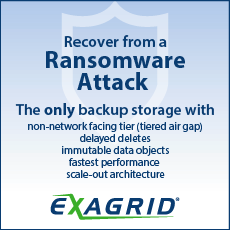New Seagate Decarbonizing Data Report
AI is redefining tech infrastructure priorities, data center ecosystem must shift from fragmented efforts to a unified sustainability approach
This is a Press Release edited by StorageNewsletter.com on April 22, 2025 at 2:01 pmSeagate Technology Holdings plc released the Decarbonizing Data report (1), its latest global report based on a commissioned survey, highlighting the growing sustainability challenges facing data centers as enterprises scale to meet the demands of AI.

Goldman Sachs Research forecasts global power demand from data centers will increase by as much as 165% by 2030, compared with 2023. Seagate’s new report reveals that energy usage is now a top concern for 53.5% of business leaders. The rising data volumes, slowing power efficiency gains, and increasing AI adoption are putting pressure on organizations to manage carbon emissions, infrastructure expansion, and TCO – all at once.
Key Findings:
- AI to spur a wave of demand for storage: 94.5% of respondents reported increasing storage needs, with 97% anticipating AI’s growth to further impact storage demand.
- Environmental impact vs. TCO: Nearly 95% of respondents are concerned about environmental impact, but only 3.3% prioritize it in purchasing decisions.
- Top barriers in driving sustainability at data centers: High energy consumption (53.5%), raw material requirements (49.5%), physical space constraints (45.5%), infrastructure costs (28.5%), and acquisition costs (27%)
- Disconnect in life cycle management: 92.2% acknowledge the importance of extending the life cycle of storage equipment, but only 15.5% consider it a top purchasing factor.
“Data centers are under intense scrutiny – not only because they support modern AI workloads, but because they are becoming one of the most energy-intensive sectors of the digital economy,” said Jason Feist, SVP, cloud marketing, Seagate. “This calls for a fundamental shift in how we think about data infrastructure – not as a trade-off between cost and sustainability, but as an opportunity to optimize for both.“
As organizations expand their data capabilities, they face 3 options: improve efficiency within existing infrastructure, expand data center footprint, or migrate workloads to the cloud. Each option involves trade-offs between cost, carbon, and control, indicating that TCO and sustainability can be compatible goals.
Decisions on energy consumption, space utilization, raw material use, and infrastructure investment now impact both business performance and environmental outcomes.
To support the industry in navigating this shift, the Decarbonizing Data report outlines 3 strategic pillars for building a more sustainable data future:
- Technological Innovation: Technological innovation remains a key driver of sustainable transformation. Advances in computational power, storage areal density, and energy-efficient technologies like liquid/immersion cooling and HVAC systems can lower energy consumption and carbon emissions, managing the growing demand profile. Seagate’s HAMR-based Mozaic 3+ platform, now in volume production, enables up to 3 times more capacity in the same footprint, reduces embodied carbon by over 70 % per terabyte (2), and lowers cost per terabyte by 25% (3).
- Commitment to life cycle extension and circularity: Refurbishing, reusing, and maintaining storage equipment extends lifespan and reduces waste. Real-time environmental monitoring and transparent reporting can foster accountability across the data center environment.
- Share accountability across the ecosystem: Achieving meaningful emissions reduction – across Scopes 1, 2, and 3 as outlined in the report- requires collaboration across the entire value chain, including vendors, suppliers, and cloud service providers.
“Sustainability cannot be solved in isolation. A holistic approach spanning infrastructure, life cycle management, and industry-wide accountability could ensure that the growth of AI and data center operations does not come at the expense of the environment,” said Jason Feist.
Resources:
Full Decarbonizing Data report (HTML)
Full Decarbonizing Data report (PDF)
(1) Seagate Technology’s Decarbonizing Data report is based on a commissioned global study conducted by independent research firm Dynata, with fieldwork by global communications consultancy Current Global. Interviews were conducted with experts in the field of data storage and infrastructure, and a multi-market online survey was conducted with 330 data center professionals responding across 11 markets, including Australia, China, France, Germany, India, Japan, North America, Singapore, South Korea, Taiwan, and the United Kingdom.
(2) Method: 10TB to 30TB capacity upgrade comparing Exos X10 to Exos X 30TB Mozaic drive, a common drive capacity needing upgrade at data centers today.
(3) Source: IDC Worldwide 1Q24 HDD Shipments and 4-Quarter Outlook by HDD Segment. May 2024. IDC #US52080224





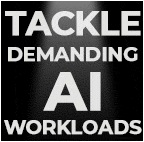
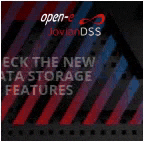

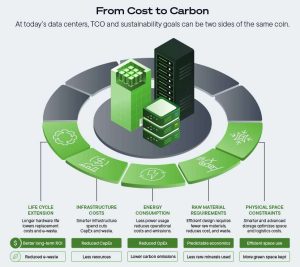
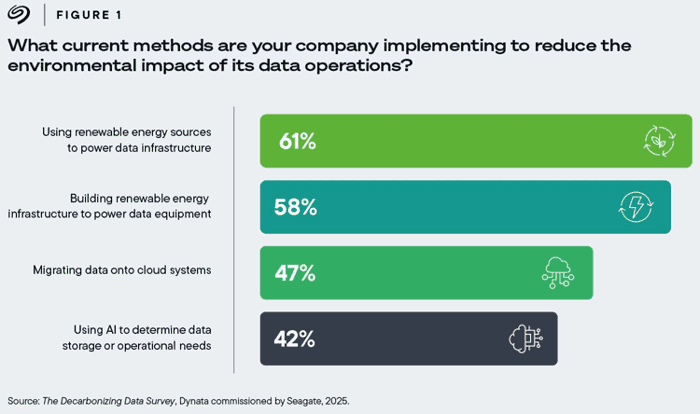






 Subscribe to our free daily newsletter
Subscribe to our free daily newsletter
